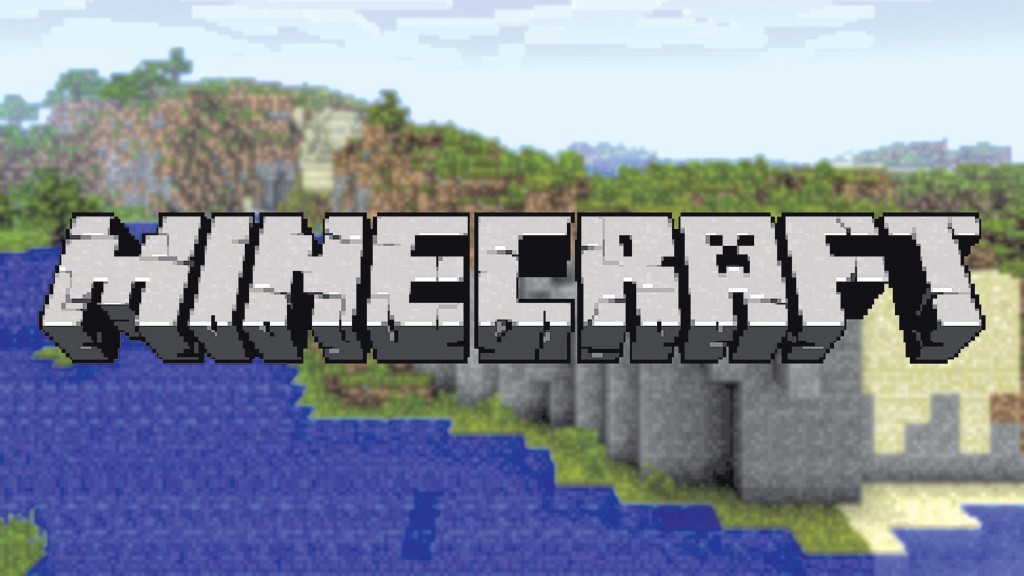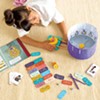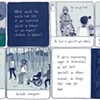
Published September 30, 2014 at 11:00 a.m.
Q: What's the best way to monitor where your kid goes online — and what they text, Snapchat, etc. Also, where should parents draw the line between keeping kids safe and giving them privacy?
A: Monitoring your child's online activities is an important part of being a digitally savvy parent — but every family manages this differently. Here are some basic guidelines for helping your children learn to navigate online content safely and intelligently.
First, start the process as soon as you allow your children to use a device that goes online. Your little one is using an iPad? Be sure to set up controls so she can only have access to certain things. As she gets older, begin discussions about online safety, inappropriate content, screen time and respectful information sharing — and set some ground rules.
Familiarize yourself with your devices' safety settings and don't be afraid to use monitoring software such as Net Nanny or Mobicip. These parental-control tools cost anywhere from $5 to $100, depending on how many devices you want to protect, but they're a good investment.
Most importantly, keep communication lines open with your children. This will build a foundation that will allow you to trust them as they get older and want more independence and privacy. Have good conversations about what they're doing, but also don't be afraid to step in and verify it every once in a while.
Q: Everybody I know with an elementary-school-age child is telling me I should download Minecraft because my 8-year-old will love it. What the heck is Minecraft and why are people so crazy about it?
A: Minecraft is an online world known as a "sandbox" game, essentially the equivalent of a box of LEGOs, with some virtual twists. After downloading the game, players are dropped into an environment made up of blocks with little to no instruction or rules. The point is to explore, learn how to excavate and then build.
Players can build pretty much anything with the blocks they mine. They can work in teams or go solo. Some build underground; others build up in the sky. Players are only limited by their creativity and game knowledge and can seek out online forums and YouTube videos to help them get started.
A variety of settings change the experience; for example, in certain modes, monsters and zombies come out to attack the player at night. Minecraft also incorporates in-game, interplayer chats, and players can wreak havoc on others' creations if they want to.
The free-form nature of the game makes it addictive. Just as kids — and their parents — might sit down for hours to build LEGO worlds, people spend long stretches of time in front of their screens building and creating in Minecraft.
If you decide to let your 8-year-old play the game — Common Sense Media recommends it for ages 11 and up — be sure to join in the first few times so you can get a sense of what it's all about. Make sure your child is only playing with real-life friends and take this warning from Minecraft seriously: "Please watch out if you are talking to people in our game. It is hard for either you or us to know for sure that what people say is true, or even if people are really who they say they are. You should think twice about giving out information about yourself."
Also good to know: Microsoft recently purchased the company that created Minecraft, Mojang AB, for $2.5 billion. It's unclear how this will change the game experience, but one thing is certain: Microsoft has indicated that it plans to harness Minecraft for STEM [science, technology, engineering, mathematics] education in schools. The game has already been turning up in classrooms as teachers discover its value as a learning tool.
Q: How can I keep my child's screen time in check when I'm addicted to my own digital endorphin rush?
A: We all know that the "do as I say, not as I do" parenting philosophy doesn't work — and it really doesn't work when it comes to digital tools.
We're familiar with the pull of the screen, whether it's to check email, read the news, play a game or see what friends are up to on social media. Naturally, our children feel the same pull, perhaps even more strongly because their lives aren't full of adult responsibilities.
First, parents should acknowledge that we all enjoy screen time, then decide how much is healthy for their children, which will vary from family to family. The American Academy of Pediatrics recommends avoiding all TV and entertainment media for children under age 2. That's a good recommendation, but the proliferation of screens is making it harder and harder to pull ourselves, and the kids, away.
Your first step should be to set some screen-free zones or times in your home (the AAP also recommends this). Challenge yourselves as a family to turn off your digital devices on some weekends for a "digital vacation." Most adults remember life before the internet, and it wasn't so bad. Get in touch with your childhood self and show your kids how much fun it can be to go outside, open a book (not a Kindle) or play a board game.
Finally, when you're with your children, focus on your children. If you have teenagers, agree that during certain times, you'll all put down your phones and tablets and be present with each other. Take time to be together in all ways possible — in both the digital and physical worlds — and you'll find the balance that works for your family.
This article was originally published in Seven Days' monthly parenting magazine, Kids VT.
More By This Author
Speaking of KidsVT - Digital Dilemmas,
-

The Perfect Tech Toy
Dec 2, 2014 -

How Do I Teach My Child Email Etiquette?
Nov 4, 2014 -

How should I file my family photos to keep them safe for the future?
Sep 2, 2014 -

Should my son play video games with strangers online?
Aug 6, 2014 -

Screen Time in Public Places
Jul 2, 2014 - More »
Comments
Showing 1-1 of 1
Comments are closed.
From 2014-2020, Seven Days allowed readers to comment on all stories posted on our website. While we've appreciated the suggestions and insights, right now Seven Days is prioritizing our core mission — producing high-quality, responsible local journalism — over moderating online debates between readers.
To criticize, correct or praise our reporting, please send us a letter to the editor or send us a tip. We’ll check it out and report the results.
Online comments may return when we have better tech tools for managing them. Thanks for reading.















































